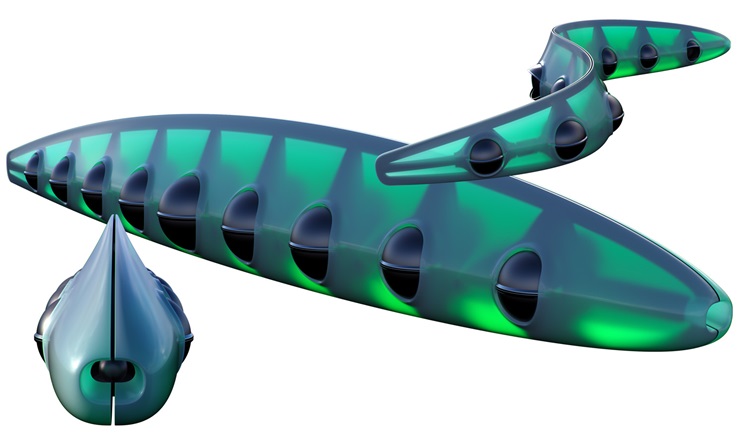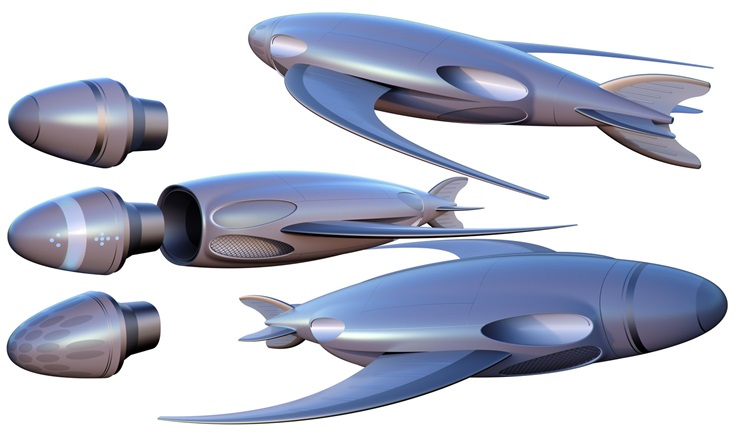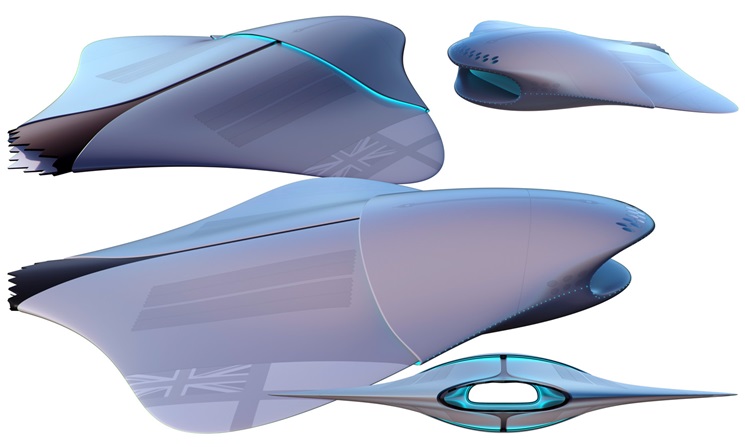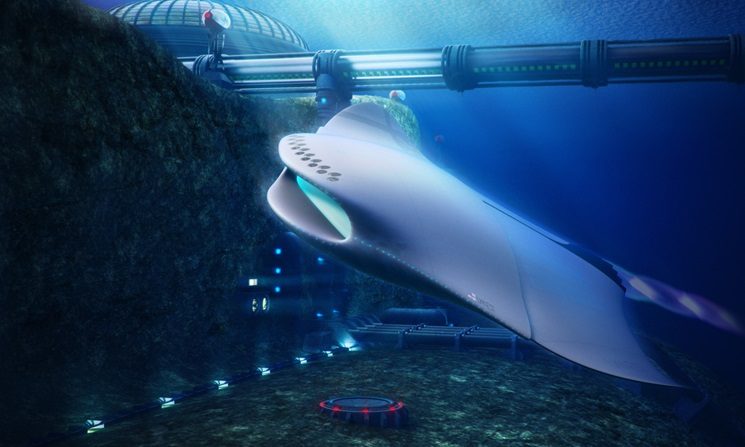The Royal Navy’s series of futuristic submarine concepts looks like real marine lifeforms and change the way underwater warfare could look in 50 years. They aim at inspiring the world’s future underwater combat environment.
Called Nautilus 100, the project marks the 100th anniversary of the launch of the USS Nautilus, the world’s first nuclear-powered submarine.
The design of future submarine
Engineers designed these concepts after a challenge launched by the Royal Navy. The idea was to design a submarine that would have preserved Britain safe in decades to come.
If the designs demonstrate the talent of UK’s young engineers and scientists, for Defence Minister Harriett Baldwin “this kind of innovation is [also] at the heart of defence and the UK’s world-leading capability.” She adds, ‘‘that’s why we are using our rising budget to invest in high-tech capability to keep our Armed Forces at the cutting-edge, and our £800 million Innovation Fund aims to take advantage of exactly these kinds of futuristic ideas.”


What about technology?
As far as technology is concerned, the Nautilus 100 comprises a 3D printed hull manufactured with acrylic materials and alloys. Furthermore, its surfaces can considerably morph in shape. An electric current controls the graphene scales in order to reduce noise.
With hybrid algae-electric cruising power and propulsion technologies including tunnel drives which work similarly to a Dyson bladeless fan, the submarine could travel at unprecedented speeds of up to 150 knots.

“Today’s Royal Navy is one of the most technologically advanced forces in the world, and that’s because we have always sought to think differently and come up with ideas that challenge traditional thinking. If only 10 per cent of these ideas become reality, it will put us at the cutting edge of future warfare and defence operations.”
For further information about 3D Printing, follow us on our social networks and subscribe to our newsletter!
//pagead2.googlesyndication.com/pagead/js/adsbygoogle.js
(adsbygoogle = window.adsbygoogle || []).push({});






